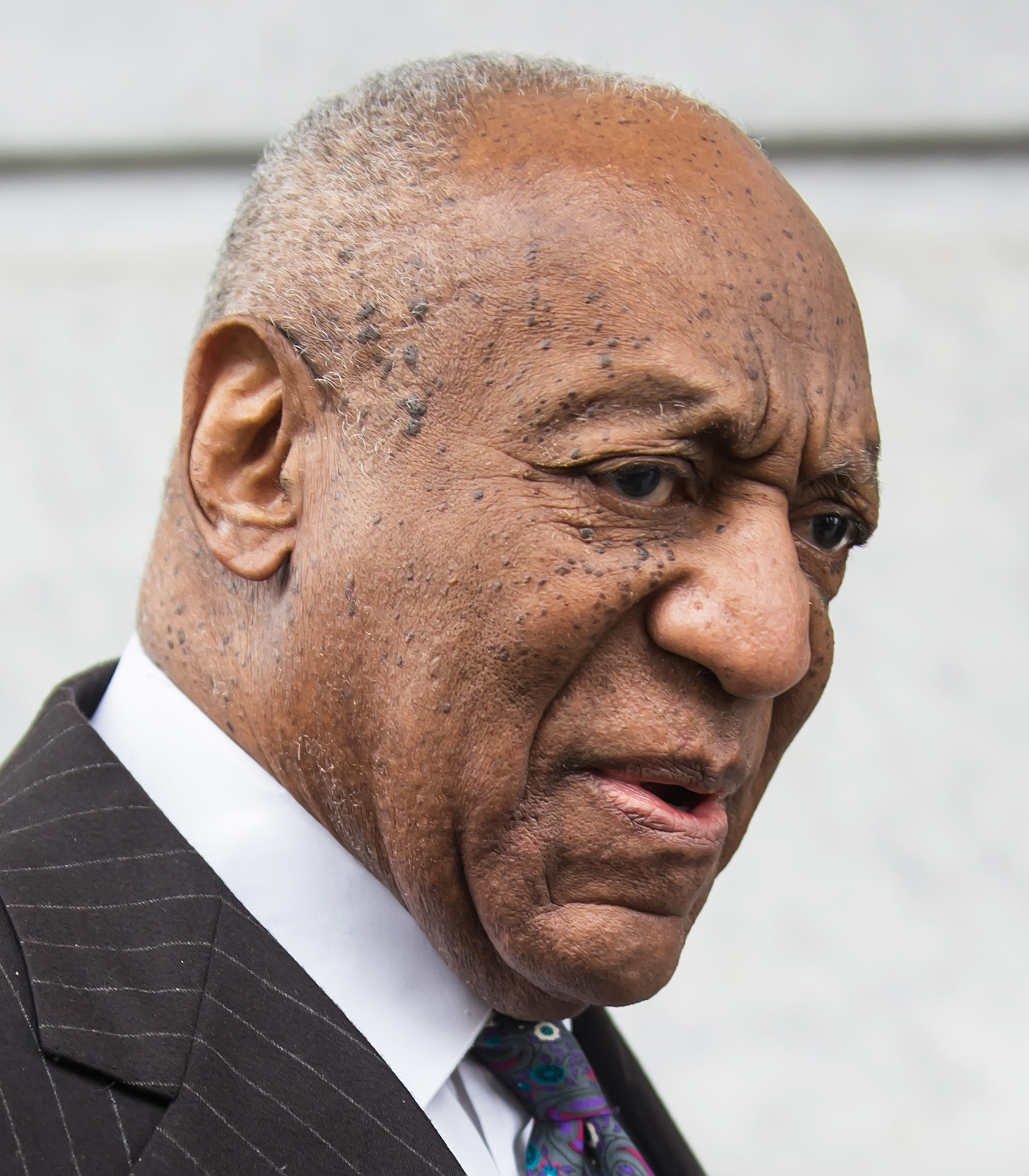What is a Wellness Fair: Complete Guide to Health and Wellness Events
Understanding wellness fairs
A wellness fair is a community focus event that bring unitedly health professionals, wellness practitioners, and vendors to promote healthy living and educate attendees about various aspects of physical, mental, and emotional wellbeing. These events serve as comprehensive hubs where individuals can explore different health services, learn about preventive care, and discover new approaches to maintain optimal wellness.
Wellness fairs typically feature a diverse array of exhibitors, include healthcare providers, fitness professionals, nutritionists, mental health counselors, alternative medicine practitioners, and wellness product vendors. The primary goal is to create an accessible environment where community members can gather information, receive health screenings, and connect with resources that support their wellness journey.
Key components of wellness fairs
Health screenings and assessments
Most wellness fairs offer free or low cost health screenings that provide valuable insights into attendees’ current health status. Common screenings include blood pressure checks, cholesterol testing, glucose level monitoring, body mass index calculations, and vision assessments. These screenings help identify potential health concerns other and encourage participants to seek appropriate medical care when necessary.
Professional healthcare providers staff these screening stations, ensure accurate results and proper interpretation of findings. Many participants discover health issues they were antecedently unaware of, make these screenings one of the about valuable aspects of wellness fairs.
Educational workshops and demonstrations
Educational components form the backbone of successful wellness fairs. Workshops cover topics such as nutrition planning, stress management techniques, exercise routines, disease prevention strategies, and mental health awareness. These sessions are typically lead by qualified professionals who provide evidence base information in an accessible format.
Interactive demonstrations allow attendees to experience different wellness practices firsthand. Yoga sessions, meditation workshops, cook demonstrations, and fitness classes give participants practical tools they can incorporate into their daily routines.
Vendor exhibitions
Wellness fairs feature diverse vendors showcase products and services relate to health and wellbeing. These may include organic food companies, supplement manufacturers, fitness equipment retailers, wellness technology providers, and natural health product distributors. Vendors oftentimes provide samples, demonstrations, and special discounts solely for fair attendees.
The vendor component allow participants to discover new products and services while support businesses focus on promote health and wellness within their community.
Types of wellness fairs
Corporate wellness fairs
Many companies organize wellness fairs as part of their employee wellness programs. These events focus on improve workplace health, reduce healthcare costs, and enhance employee productivity. Corporate wellness fairs oftentimes include stress management resources, ergonomic assessments, flu vaccinations, and information about employee assistance programs.
Employers benefit from increase employee engagement, reduced absenteeism, and lower healthcare premiums, while employees gain access to convenient health resources and demonstrate their company’s commitment to their wellbeing.
Community wellness fairs
Community base wellness fairs are open to the public and oftentimes hold in schools, community centers, parks, or public facilities. These events address broader public health concerns and provide resources for individuals who may not have regular access to healthcare services.
Community wellness fairs oftentimes partner with local hospitals, health departments, non-profit organizations, and government agencies to maximize resources and reach underserved populations.
School base wellness fairs
Educational institutions host wellness fairs to promote healthy habits among students, faculty, and families. These events oftentimes emphasize topics relevant to specific age groups, such as nutrition education for children, mental health resources for teenagers, or preventive care information for adults.
School wellness fairs create opportunities for families to engage with health topics unitedly and establish healthy habits that can last a lifetime.
Benefits of attend wellness fairs
Accessible health information
Wellness fairs democratize access to health information by bring together multiple resources in one convenient location. Attendees can gather information from various sources, compare different approaches to wellness, and make informed decisions about their health without the pressure of a sales environment.
The informal atmosphere encourage questions and exploration, make complex health topics more approachable for individuals who might feel intimidate in traditional healthcare settings.
Early detection and prevention
Free health screenings at wellness fairs can detect health issues in their early stages when treatment is near effective. Many chronic conditions, such as diabetes and hypertension, develop gradually without obvious symptoms. Regular screening at wellness fairs can identify these conditions before they become serious health problems.
Prevention focus education help attendees understand how lifestyle choices impact their long term health and provide practical strategies for maintain wellness.
Cost-effective health resources
Wellness fairs provide significant value by offer free or low cost access to health services and information that might differently be expensive or difficult to obtain. Screenings, consultations, and educational materials are typically provided at no charge, make wellness resources accessible to individuals disregardless of their economic situation.
Many attendees discover local resources and programs they can access ongoing support for their wellness goals without significant financial investment.
Planning and organizing wellness fairs
Identify target audience
Successful wellness fairs begin with clear define the target audience and their specific health needs. Corporate events focus on workplace wellness concerns, while community fairs address broader public health issues. Understand the audience help organizers select appropriate vendors, plan relevant programming, and market the event efficaciously.
Demographic considerations such as age, income level, cultural background, and prevalent health concerns in the community influence every aspect of fair planning, from vendor selection to educational content.
Vendor selection and coordination
Choose the right mix of vendors and service providers is crucial for creating a comprehensive wellness fair experience. Organizers should seek reputable healthcare providers, certify wellness professionals, and legitimate product vendors who align with the fair’s educational mission.
Coordination involve schedule screening appointments, organize workshop times, manage space allocation, and ensure all participants understand their roles and responsibilities during the event.
Marketing and promotion
Effective marketing strategies help maximize attendance and ensure the right audience learn about the wellness fair. Multichannel approaches use social media, local media partnerships, community bulletin boards, and word of mouth promotion reach diverse population segments.
Clear communication about what attendees can will expect, what services will be available, and any preparation will require will help people will plan their visit and will maximize their experience.
Maximize your wellness fair experience
Pre event preparation
Attendees can enhance their wellness fair experience through thoughtful preparation. Review the list of vendors and services help prioritize which booths to visit and which screening to pursue. Bring relevant health information, such as current medications or recent test results, enable more meaningful conversations with healthcare providers.
Set specific goals for the visit, whether learn about a particular health condition, explore fitness options, or get routine screenings, help focus time and attention on the about valuable activities.
During the event
Active engagement maximize the value of attend a wellness fair. Ask questions, participate in demonstrations, and take notes helps retain important information. Many attendees find it helpful to collect business cards and brochures for follow up after the event.
Take advantage of multiple screening opportunities provide a comprehensive health assessment, while attend workshops offer practical tools for implement healthy changes.
Post event follow up
The real value of wellness fair attendance oftentimes come from actions take after the event. Follow up on-screen results with healthcare providers, contact vendors about products or services, and implement learn strategies helps translate fair attendance into last health improvements.
Share experiences with family and friends extend the impact of wellness fairs beyond individual attendees and helps build community awareness about health and wellness resources.
Current trends in wellness fairs
Technology integration
Modern wellness fairs progressively incorporate technology to enhance attendee experience and provide more sophisticated health assessments. Digital health screenings, fitness tracking demonstrations, telehealth consultations, and health apps showcase how technology can support wellness goals.
Virtual and hybrid wellness fair formats have expanded access to these events, allow participation irrespective of geographic location or physical limitations.

Source: globalwellnessinstitute.org
Mental health focus
Recognition of mental health as a crucial component of overall wellness has lead to increase emphasis on psychological wellbeing at wellness fairs. Stress management resources, mindfulness training, mental health screening, and counseling services are become standard offerings.

Source: strive2bfit.com
This holistic approach acknowledges the interconnection between physical and mental health and provide comprehensive support for attendees’ wellness needs.
Personalized wellness approaches
Contemporary wellness fairs emphasize personalize approaches to health and wellness instead than one size fit all solutions. Genetic testing, personalized nutrition consultations, customize fitness assessments, and individualized wellness planning help attendees develop strategies tailor to their specific needs and circumstances.
This trend reflects grow understanding that effective wellness strategies must account for individual differences in genetics, lifestyle, preferences, and health status.
Impact and effectiveness
Research demonstrate that wellness fairs can efficaciously promote health awareness, encourage preventive care, and connect individuals with ongoing health resources. Studies show that attendees frequently follow up on-screen results, make lifestyle changes base on information receive, and maintain connections with vendors and service providers meet at fairs.
The community building aspect of wellness fairs create social support networks that reinforce healthy behaviors and provide ongoing motivation for wellness goal achievement. Many participants report that wellness fair attendance serve as a catalyst for broader lifestyle changes and increase engagement with their health.
Wellness fairs represent valuable community resources that make health and wellness information accessible, affordable, and approachable for diverse populations. By bring together multiple resources in one location and create an environment that encourage exploration and learning, these events play an important role in promote public health and individual wellbeing.



